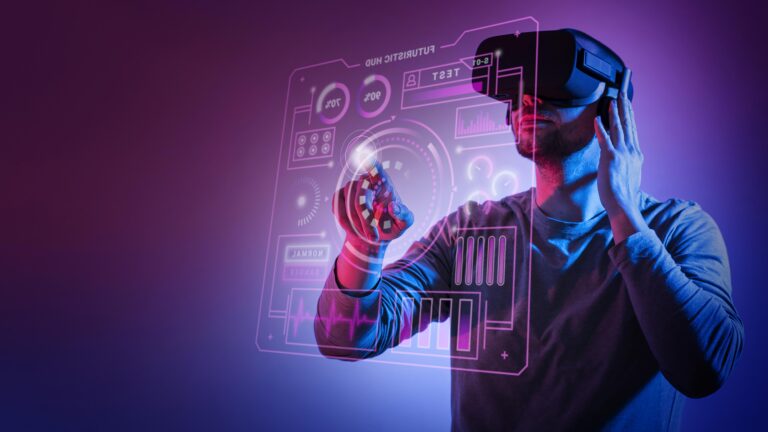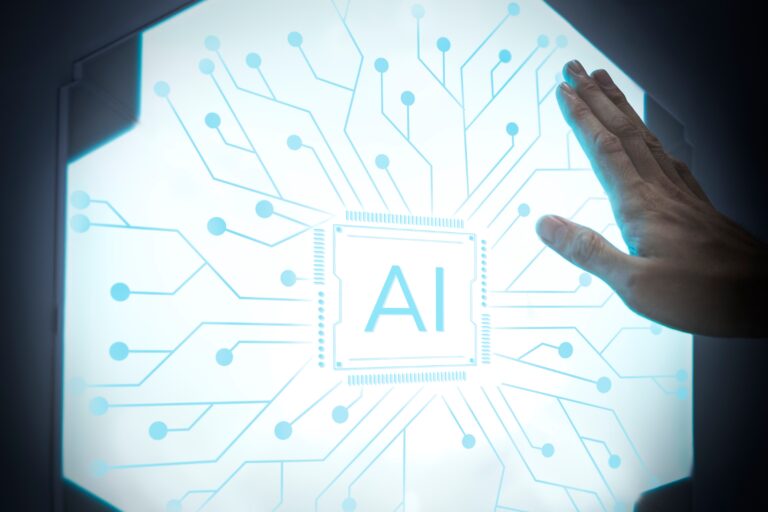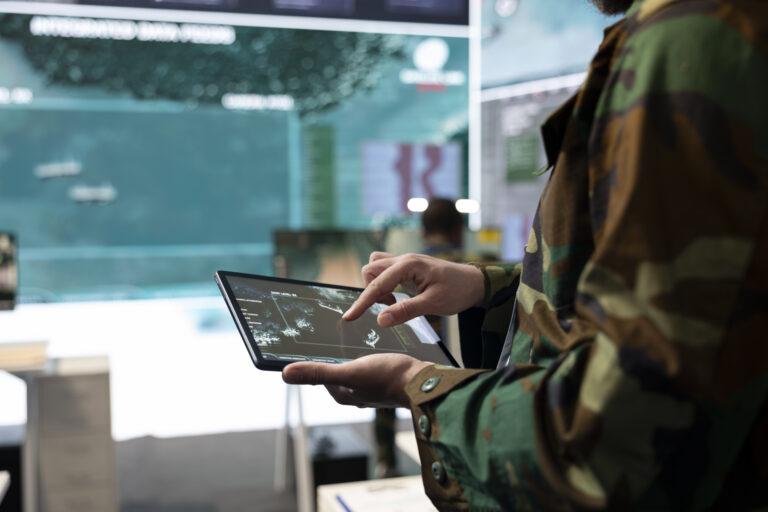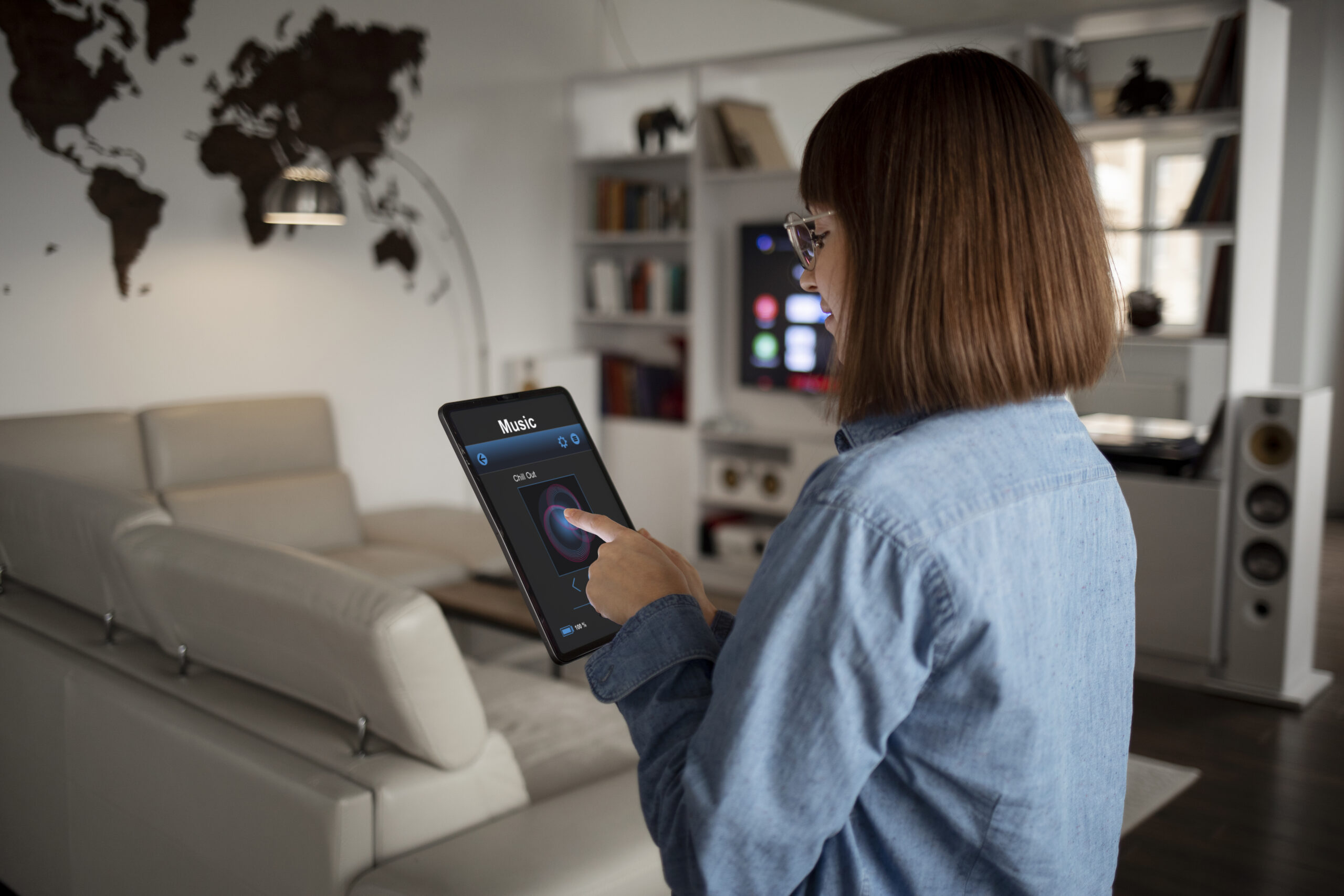
Introduction
Over the last decade, the concept of the Internet of Things (IoT) has evolved from a futuristic idea into an everyday reality. From the moment we wake up and our smart speakers greet us with weather updates, to lights that turn off automatically when we leave the house, connected devices have quietly transformed how we live.
The IoT is not just about convenience — it’s about creating environments that are responsive, efficient, and personalized. Nowhere is this transformation more evident than in the modern smart home, where appliances, sensors, and digital assistants communicate seamlessly to improve comfort, energy efficiency, and security.
However, as with every technological revolution, this one also brings challenges. Privacy concerns, cybersecurity risks, and the dependence on constant connectivity have sparked new debates about the price of convenience in the digital age.
What Exactly Is the Internet of Things?
At its core, the Internet of Things refers to a network of physical devices — from refrigerators and thermostats to cars and cameras — that connect to the internet to collect, exchange, and act on data.
These devices use sensors and microchips to communicate with each other, often without human intervention. For example, a smart thermostat can learn your temperature preferences, analyze your routine, and automatically adjust the home’s climate to save energy.
According to Statista, the number of IoT-connected devices worldwide surpassed 15 billion in 2023 and is projected to exceed 30 billion by 2030. This rapid growth shows how the IoT is becoming the invisible infrastructure of modern life.
The Smart Home Revolution
Smart homes are perhaps the most visible application of IoT technology. They integrate various systems — lighting, heating, entertainment, and security — into a single, interconnected ecosystem.
Voice assistants such as Amazon Alexa, Google Home, or Apple’s Siri act as the command centers of these homes. Through simple voice commands, users can dim the lights, preheat the oven, or check who is at the door — all in real time.
But the true power of a smart home lies not just in convenience, but in automation and data-driven decision-making. For instance, motion sensors can detect when no one is in a room and turn off lights to conserve electricity. Smart washing machines can optimize water use based on load size, and intelligent fridges can notify you when you’re running low on groceries.
This level of automation transforms the way we interact with our environment — our homes are no longer static spaces, but adaptive systems that learn and evolve with us.
Energy Efficiency and Sustainability
One of the most significant benefits of IoT in smart homes is its potential to reduce environmental impact.
A 2022 report by the International Energy Agency (IEA) estimated that widespread adoption of IoT-enabled home systems could reduce residential energy consumption by up to 20%. Devices that automatically adjust power usage, monitor temperature, and detect waste help minimize both costs and emissions.
For example, smart thermostats like Google Nest or Ecobee use artificial intelligence to analyze patterns of use, weather conditions, and occupancy to optimize heating and cooling. Similarly, smart plugs and meters allow homeowners to track energy usage in real time, identifying inefficiencies that would otherwise go unnoticed.
In this way, the IoT not only enhances comfort but also aligns with global sustainability goals — making everyday life more eco-conscious and resource-efficient.
Security and Privacy: The Hidden Risks
Despite its benefits, the IoT revolution also raises serious privacy and cybersecurity concerns.
Each connected device is a potential entry point for hackers. A 2023 report by Kaspersky Lab revealed that over 1.5 billion attacks were attempted on IoT devices in a single year, targeting routers, cameras, and even smart light bulbs.
The problem is that many IoT products are released with weak default passwords or outdated software, leaving them vulnerable to exploitation. Once a device is compromised, attackers can access sensitive data — from personal habits to video footage inside homes.
Moreover, IoT data collection raises ethical questions about how companies use and store the information gathered from users. Devices constantly record data about routines, locations, and preferences, creating detailed digital profiles. While this data helps improve performance, it also poses risks if mishandled or sold to third parties without consent.
Regulators in the European Union and United States have begun to tighten requirements around IoT security standards, but experts argue that user education is just as critical. Consumers must understand how to manage privacy settings, update firmware, and protect their home networks.
The Economic Impact of Smart Homes
The IoT-driven smart home market has become one of the fastest-growing sectors in the global economy.
According to McKinsey & Company, the smart home industry generated over $130 billion in revenue in 2024 and is expected to exceed $300 billion by 2030. Major tech companies and startups alike are racing to develop new products, from intelligent cleaning robots to connected home gyms.
This economic boom is also reshaping the job market, creating opportunities for software engineers, cybersecurity specialists, and data analysts. At the same time, it’s fueling demand for interoperability — ensuring that devices from different brands work together seamlessly.
As ecosystems like Matter (a standard backed by Apple, Amazon, and Google) become more widespread, the fragmented smart home experience is slowly evolving toward greater unity and user-friendliness.
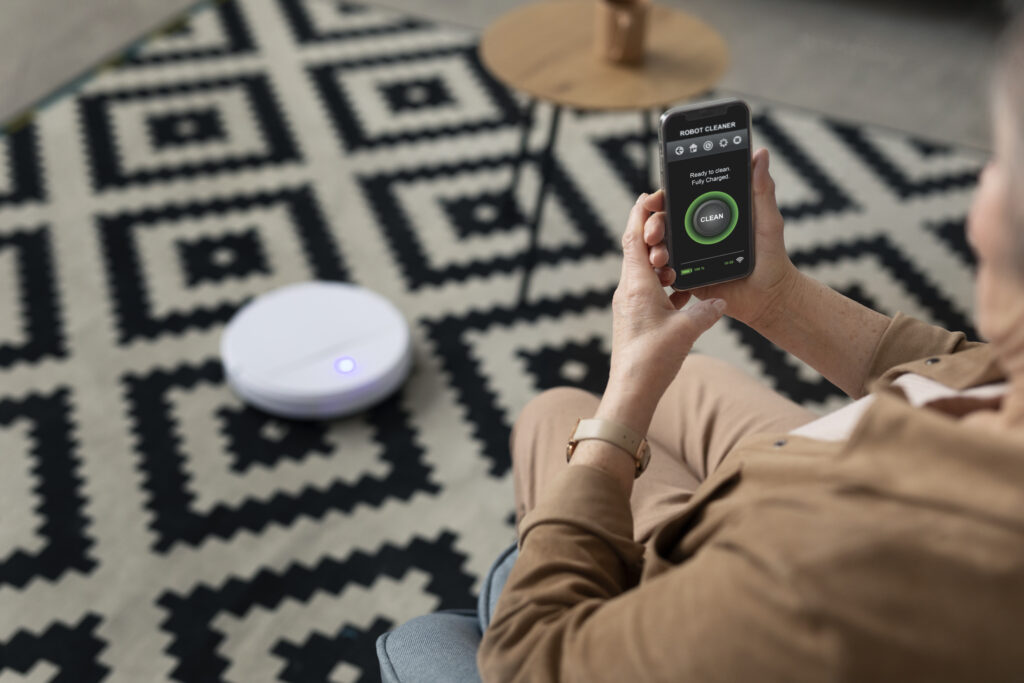
How Smart Homes Are Changing Daily Life
Beyond the technical and economic aspects, the IoT profoundly affects how we experience our homes on a personal level.
For families, it means greater safety and peace of mind — parents can check security cameras remotely or receive alerts when children arrive home. For elderly people, smart devices can support independent living, monitoring health indicators like heart rate or medication schedules.
The combination of IoT and artificial intelligence is also giving rise to predictive environments — homes that anticipate needs before users even express them. Imagine your coffee maker starting automatically as your alarm goes off, or lights adjusting according to your mood and natural daylight.
This new level of personalization creates not only comfort but also a sense of companionship — a home that understands you, adapts to you, and grows with you.
The Future of Smart Homes
Looking ahead, the future of smart homes will depend on finding the right balance between innovation, security, and ethics.
Emerging technologies like 5G, edge computing, and AI-powered sensors will allow devices to communicate faster and process data locally, reducing reliance on cloud systems. This will enhance privacy while enabling real-time responsiveness.
At the same time, as IoT ecosystems become more complex, interoperability and transparency will be essential. Consumers will expect systems that are intuitive, secure, and respectful of their data.
The next generation of smart homes may not just react to our commands but understand our habits deeply enough to improve our well-being — from adjusting air quality to enhancing sleep quality based on biometric feedback.
Conclusion
The Internet of Things represents one of the most transformative forces of the 21st century. By connecting everyday objects into intelligent networks, it is redefining what it means to live in a home.
Yet this transformation also reminds us that technology must serve humanity, not dominate it. As we integrate more connected devices into our private spaces, we must demand transparency, safety, and ethical responsibility from both developers and policymakers.
Smart homes are no longer science fiction — they’re here. The real challenge is ensuring they make our lives not just easier, but truly better.
